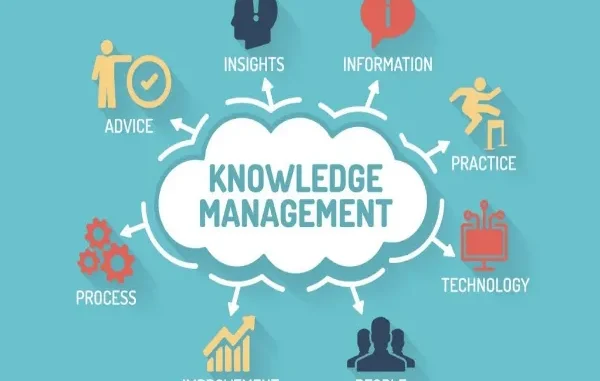
Managing and utilizing knowledge effectively is a competitive advantage in today’s fast-paced business environment. A knowledge management system (KMS) is an IT-based system developed for storing, retrieving, and managing information within an organization. This tool aids in collecting knowledge, insights, and experiences, often making the difference between informed decision-making and guesswork. Modern enterprises must understand how a KMS can streamline processes, foster innovation, and drive business growth. Below, we delve into the intricacies of knowledge management systems and their transformative impact on organizations.
Critical Components of an Effective Knowledge Management System

For a KMS to be effective, it must have a solid framework that supports its various functions. This includes a user-friendly interface encouraging engagement, seamless integration with other business systems, and comprehensive search capabilities to facilitate quick and precise information retrieval.
Collaboration tools within a KMS enhance team coordination and enable cross-departmental knowledge sharing. These features might include discussion forums, chatrooms, or social media-like platforms embedded within the system. It’s also important for the KMS to have robust security measures in place to protect sensitive information and control access based on user roles and credentials.
Content management is another critical element of a KMS. It must track knowledge contributions, updates, and the relevance of information over time. Having a structured method to catalog content helps maintain the knowledge base’s quality and accuracy. Version control and authorship tracking are vital for accountability and maintaining a historical record of knowledge evolution.
Last but certainly not least, a KMS should include a continuous feedback mechanism, allowing users to suggest improvements, rate content, and contribute to the accuracy and efficiency of the knowledge stored. Actively involving users ensures that the knowledge management system remains dynamic and evolves with the organization’s changing needs.
How Knowledge Management Systems Benefit Organizations
Organizations that implement a knowledge management system experience many benefits. One of the primary advantages is improved decision-making capability. With more access to relevant information and expertise, employees can make informed decisions quickly, reducing downtime and improving productivity.
A knowledge management system also directly impacts customer satisfaction. Customer queries are resolved more effectively and efficiently when customer service representatives have immediate access to comprehensive product information and past interactions. Moreover, it encourages knowledge continuity, ensuring that the departure of key personnel does not create a void of expertise within the organization.
Knowledge management also comes into play when organizations must comply with regulations and standards. A KMS can store and manage all compliance-related information, making it easier for companies to remain up-to-date with legal requirements and reduce the risk of non-compliance. Additionally, a KMS fosters innovation by creating an environment where ideas and experiences are readily shared, and new concepts can be developed through collaborative efforts.
Financially, a KMS can save costs by avoiding redundant research and reducing mistakes due to misinformation. When knowledge is managed effectively, workflows are streamlined, and resources are used more efficiently. The cumulative effect of these advantages is a more resilient and sustainable organization capable of thriving in an increasingly knowledge-based economy.
Implementing a Knowledge Management System: Best Practices

Implementing a knowledge management system requires strategic planning and engagement from all organizational levels. Like any major initiative, it should begin with defining clear objectives and understanding the company’s specific knowledge needs. Establishing these goals will guide the system’s configuration to best support the organization’s operations.
Choosing the right technology is crucial for the success of a KMS. Selecting a scalable platform compatible with existing systems that offers the necessary features to meet the company’s needs is essential. While the technology is necessary, the people aspect cannot be overlooked. Training employees on using the KMS and encouraging a culture of knowledge sharing are fundamental for maximizing its utility.
Additionally, managing change is an essential component of KMS implementation. Change management practices should be implemented to facilitate a smooth transition and overcome organizational resistance. Communicating the benefits, providing incentives for active participation, and celebrating knowledge-sharing successes can help embed the KMS into the corporate culture.
A practical implementation also demands regular maintenance of the KMS. This involves periodic reviews and updates to ensure the system remains relevant, accurate, and efficient. Staying habitable of technological advancements and evolving user needs will keep the KMS aligned with the organization’s ongoing objectives and facilitate continuous improvement.
Overall, implementing an effective Knowledge Management System (KMS) can significantly enhance organizational decision-making, customer satisfaction, and innovation by streamlining information access and collaboration. By strategically integrating and maintaining a KMS, businesses can leverage their knowledge assets to drive growth and adapt to evolving industry demands.
Leave a Reply